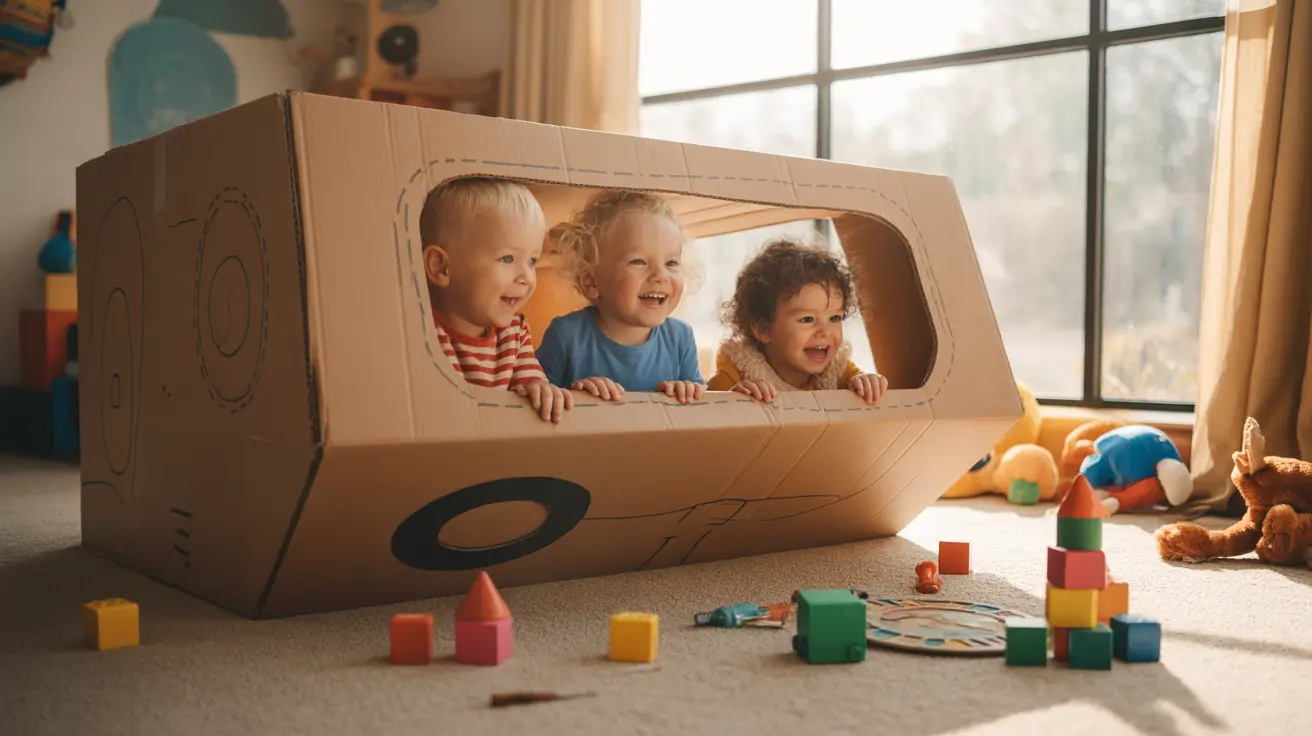The preoperational stage is a fascinating period in child development, typically occurring between ages 2 and 7. During this crucial phase, children begin to develop symbolic thinking and demonstrate unique ways of understanding their world. Understanding these examples can help parents and caregivers better support their child's cognitive growth.
Understanding Symbolic Play in the Preoperational Stage
Symbolic play is one of the most significant developments during this stage. Children demonstrate remarkable creativity in how they represent objects and ideas through pretend play. For example, a child might use a cardboard box as a spaceship or transform a banana into a telephone. This ability to use symbols marks a significant cognitive advancement from the previous sensorimotor stage.
Common Examples of Symbolic Play
Children in the preoperational stage often engage in various forms of symbolic play, including:
- Using blocks to build imaginary cities
- Pretending stuffed animals are real companions
- Creating make-believe scenarios with dolls
- Using household items as props for dramatic play
- Acting out daily routines like "playing house" or "going to school"
Egocentrism and Its Manifestations
During the preoperational stage, children exhibit egocentrism, which means they struggle to see situations from others' perspectives. This isn't selfishness, but rather a developmental characteristic where children believe everyone sees the world exactly as they do.
Observable Examples of Egocentrism
Common examples include:
- Assuming others can see what they see, even when standing in different positions
- Difficulty understanding why siblings or friends might not want to play their chosen game
- Believing that if they close their eyes, others can't see them
- Showing difficulty in sharing toys or taking turns
Animistic Thinking and Object Permanence
Children in this stage often attribute life-like qualities to inanimate objects, known as animistic thinking. They might believe their toys have feelings or that the moon follows them while they walk. This characteristic thinking pattern helps them make sense of their environment, though it may seem unusual to adults.
Supporting Cognitive Development
Parents and caregivers can support children's development during the preoperational stage through various activities:
- Encouraging imaginative play scenarios
- Playing simple sorting and classification games
- Engaging in conversations about others' feelings
- Demonstrating conservation principles through hands-on activities
- Reading stories and discussing different characters' perspectives
Frequently Asked Questions
What are some real-life examples of symbolic play in the preoperational stage?
Common examples include children using a stick as a magic wand, pretending a blanket is a superhero cape, or turning cardboard boxes into cars or houses. These activities show their growing ability to use one object to represent another.
How do children show egocentrism during the preoperational stage, and what are common examples?
Children demonstrate egocentrism when they assume everyone knows what they're thinking or feeling without explanation. For instance, a child might show a drawing and become frustrated when others don't immediately understand what it represents, or they might give directions like "it's by the tree" without specifying which tree.
Why do kids in the preoperational stage believe toys or objects have feelings, and how does this affect their play?
This belief stems from animistic thinking, where children attribute human characteristics to non-living objects. It affects their play by causing them to treat toys as living beings, often speaking to them, caring for them, and becoming upset if they think their toys are "hurt" or "lonely."
How can parents or caregivers help children in the preoperational stage learn to understand conservation and reversibility?
Parents can use simple experiments like pouring water between different-shaped containers to demonstrate conservation, or showing how clay can be rolled into a ball and back to its original shape to teach reversibility. These hands-on demonstrations help children grasp these complex concepts.
What are the main cognitive limitations of the preoperational stage, and what activities can support healthy development?
Key limitations include difficulty with logical reasoning, conservation, and perspective-taking. Activities that support development include role-playing games, puzzle-solving, storytelling with different viewpoints, and simple science experiments that demonstrate cause and effect.




